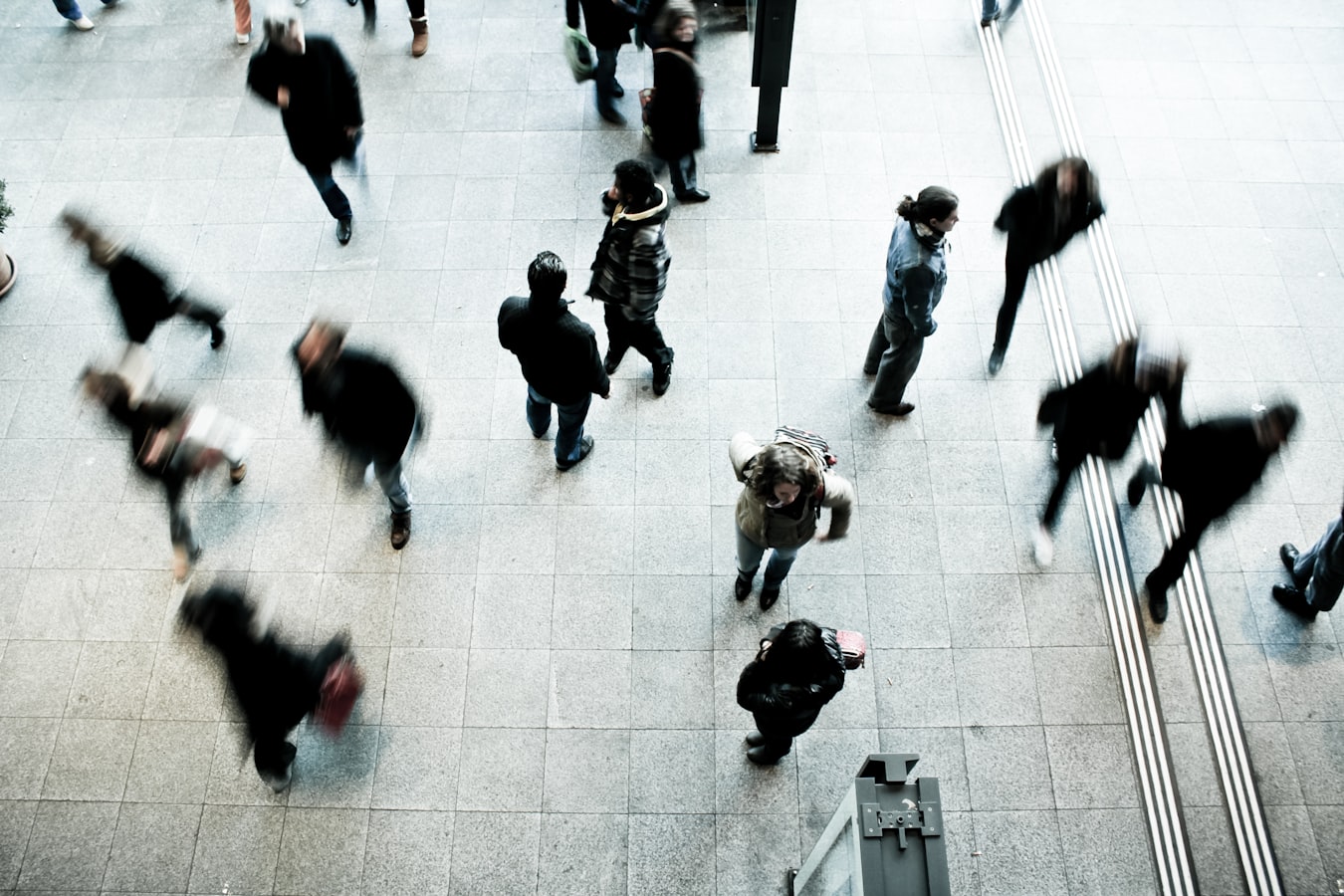As Australians steel themselves for another disaster season, fresh evidence has emerged of the value of preparing for a natural disaster.
The Curtin University research looked at the effectiveness of Australian Red Cross emergency preparedness programs among people who lived through the devastating 2021 Wooroloo Bushfire in the Perth Hills. The blaze destroyed 86 homes and damaged a further 100 houses, burnt 10,000 hectares and caused losses to power, water, communications and roads infrastructure, as well as the loss of countless animal lives.
Australian Red Cross Manager of Emergency Services, Western Australia Jennifer Pidgeon said Red Cross had delivered whole of community emergency preparedness programs in the region since 2015. The programs support community-led readiness in an area at high risk of multiple and compounding hazards. “This includes a program for primary school children, another for young people, and community sessions that encourage residents to have a plan for a bushfire or other emergencies.”
Study authors Dr Elizabeth Newnham and Dr Peta Dzidic said “The preparedness programs have fostered community-led readiness in an area at high risk of multiple and compounding hazards,”
Dr Newnham said their study involved an online survey of 51 people and qualitative interviews of 15 people – all of whom were Perth Hills residents affected by the fires. The key findings were:
- Most people felt mostly or very prepared for an emergency, had increased confidence when responding to the emergency, had evacuated earlier and said their plan had resulted in reduced harm to themselves and their family
- Most people were continuing to maintain their level of preparedness for future emergencies
- The most common preparedness activities were planning the best ways to exit the area, talking with family members about preparing, learning about hazards affecting their area and arranging adequate insurance.
- Among respondents, psychological distress after the event was no higher than the Australian average, however most people cited mental health difficulties after the bushfire as a key issue for the community.
“There’s clear evidence of the value of preparedness training, and that this sustains psychosocial outcomes following a disaster. Despite being exposed to repeated disasters, preparedness activities improved people’s confidence in their capacity to respond and recover,” Dr Newnham said.
The study recommends community preparedness training be continued, with broader access and inclusion. It also called for more investment in community psychosocial preparedness. As well, it recommended greater coordination between agencies to support a unified community-based approach.
“There’s no reason to believe these findings cannot be applied to any community across Australia facing the prospect of increasing disasters. People highlighted the increasing level of bushfire risk, and reduced opportunity to prepare with changes in climate. Therefore we also recommend advocacy for climate action to support at-risk communities.”
This September, Australian Red Cross is asking Australians to prepare using the free resources, where they can also download the Red Cross Get Prepared App, and donate to Red Cross’ Disaster Response and Recovery Fund.




